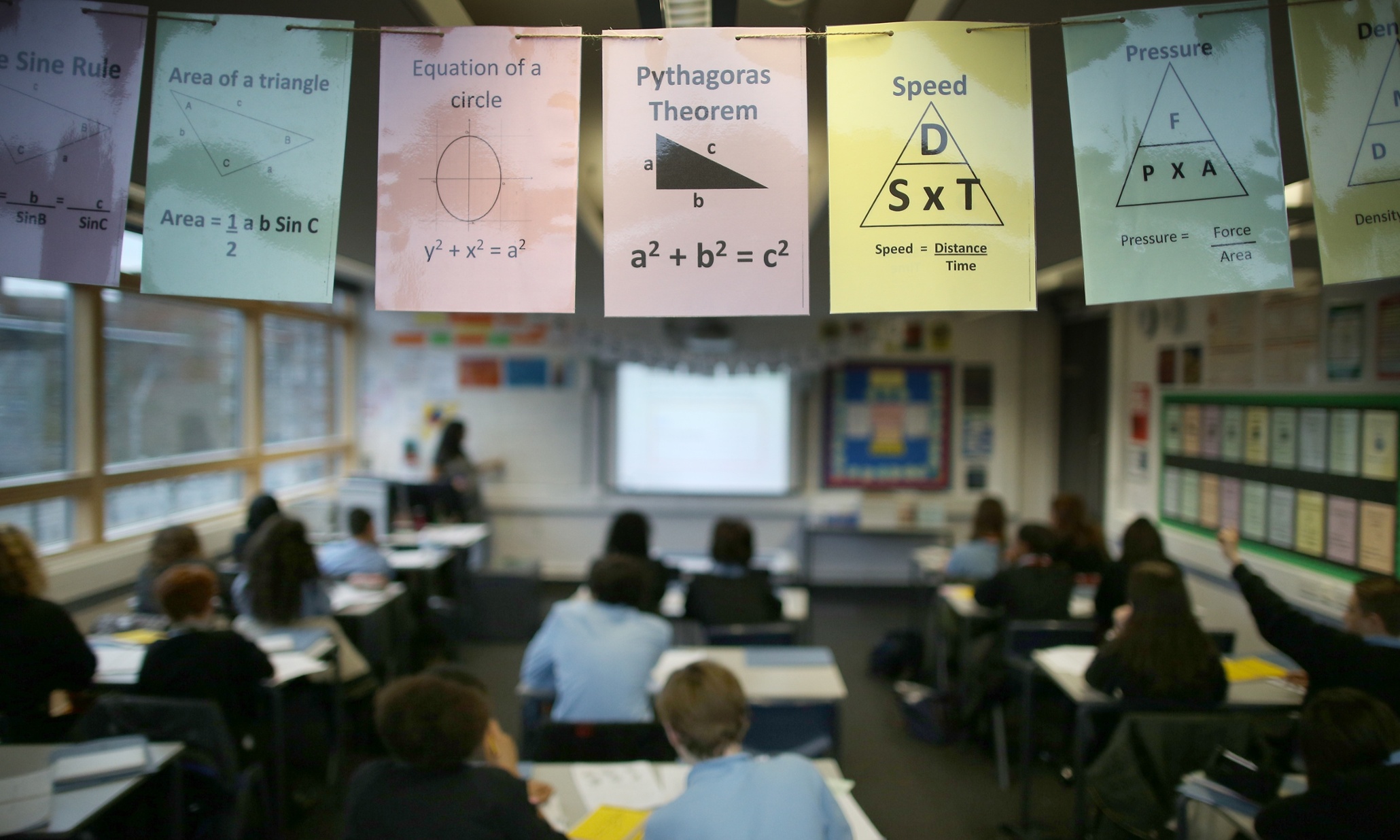In a piece on a new OECD study in The Guardian it is noted that
school performance could be boosted by parents encouraging girls to consider careers involving subjects such as engineering
and quoting the report directly:
“Gender disparities in performance do not stem from innate differences in aptitude, but rather from students’ attitudes towards learning and their behaviour in school, from how they choose to spend their leisure time, and from the confidence they have,” the report said.
That quote gets, I think, closer to what’s actually going on. It also identifies that girls actually score higher on maths and science, yet fewer continue with it in the senior high school years, and study a STEM subject in university.
Indeed, parents and schools have an important role to play. From my own observations, lots of kids have an interest and potential for STEM topics, and the key is to enable and feed that interest and not sabotage it with unfortunate stereotyped remarks and many other unhelpful little things (that affect confidence).
You get the odd argument that maths & science are not cool. Well, kids these days play with all the cool technology, right? There’s the Internet, online games, tablets, and so on – and 3D printing, robotics, and much more. It would be rather odd to say that those things are cool, but the people who research and develop these things are not…
I think the issue with that originates with an idea that exists in some schools that it’s (for instance) science vs sports, and that does help us in exploring as to what’s going on there. With sport, you can see very directly what benefit kids get out of it, what they learn is directly applied and visible.
Often, STEM subjects are taught in a dry fashion, and kids indeed wonder what use it is learning all that stuff. We do appreciate that it’s a challenge for teachers to deliver an interesting program (let alone hands-on) program if the resources aren’t there to support it. This is of course even more problematic for kinaesthetic learners.
This is why we develop materials and programs for STEM subjects. With the use intrinsic to the process, kids want to explore more! Girls as well as boys.






Aunt Madge's Suitcase was a really fun activity! The children were really interested in all the places she travelled to,…
Indi Alford, Teacher